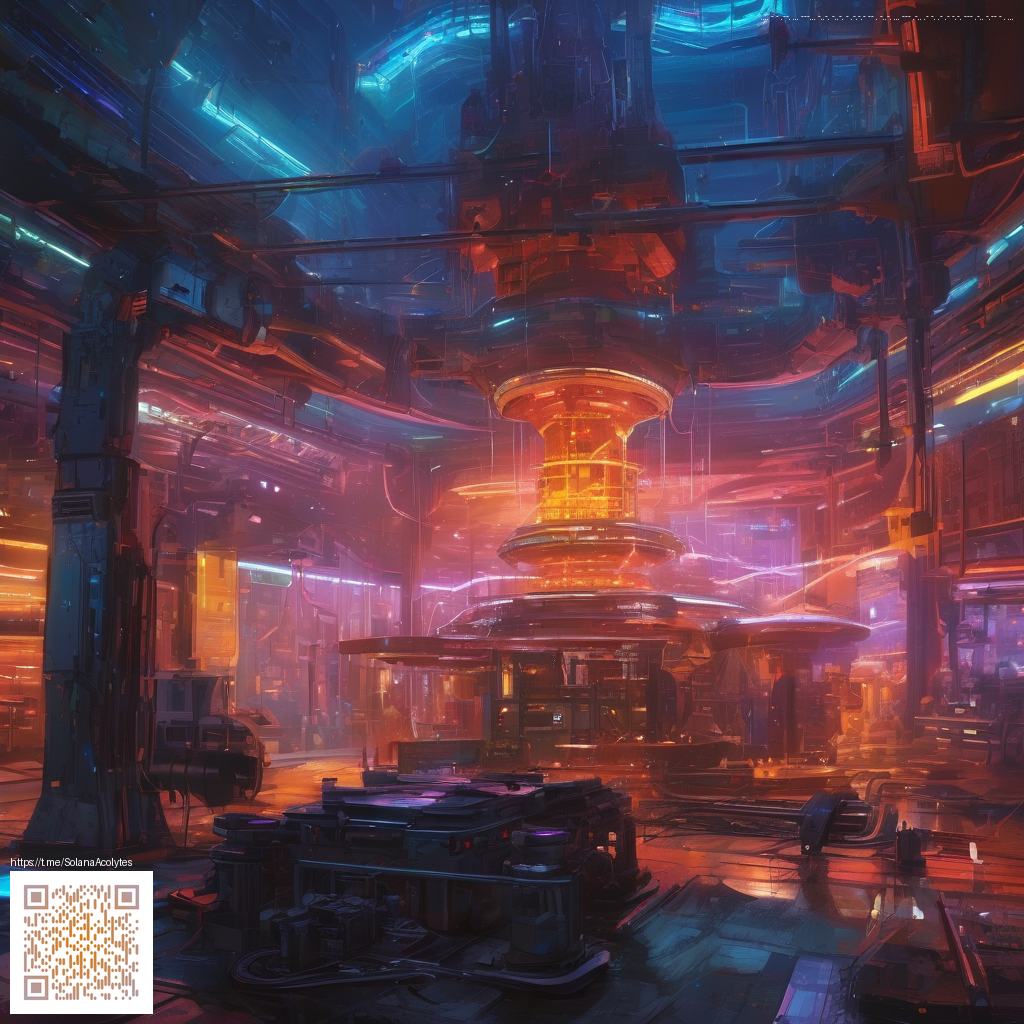
Hybrid Media: The Convergence of AI Art and Paper Overlays
Hybrid media is not just a trend—it’s a practical philosophy for artists and designers who crave texture, depth, and a sense of tactility in a digital world. By merging AI-generated visuals with traditional paper overlays, creators can push imagery beyond the flatness of screens and into a realm where light, grain, and physical presence matter as much as composition and color. The result is artwork and design that feels earned, tactile, and alive.
Why combine AI art with paper overlays?
Artificial intelligence can generate striking, complex motifs in seconds, but raw digital output often lacks the warmth and imperfection that human hands provide. Paper overlays introduce imperfection, grain, and a tactile surface that catches light differently with every angle. This pairing creates:
- Depth and nuance: The interplay between digital precision and handwritten texture adds visual complexity.
- Material storytelling: Paper becomes a narrative layer—folds, fibers, and edge details that hint at a handmade process.
- Unique surfaces for display: When artwork moves from screen to print or mixed media, overlays offer a tangible presence that resonates in galleries or home studios.
As you explore this hybrid approach, you’ll discover that the most compelling pieces balance contrast—between the crisp lines of AI output and the organic irregularities of paper. This contrast is not a flaw; it’s the heartbeat of hybrid media.
“Hybrid media invites us to embrace both algorithmic precision and human touch. The limit is only our imagination.”
Practical workflow for artists exploring AI art and overlays
To translate digital concepts into tangible overlays, think of your process as a collaboration between software and handcraft. Start with a core AI-generated composition, then plan paper overlays that respond to color, form, and negative space. Here’s a straightforward workflow you can adapt:
- Concept and generation: Sketch a mood board, then generate multiple AI compositions that match your intended palette and subject matter.
- Overlay planning: Decide where textural overlays will sit—edges for framing, central motifs for emphasis, or subtle background textures.
- Material selection: Choose papers with varying weights, finishes (matte, gloss, vellum), and color tones to achieve the desired contrast.
- Assembly and adhesion: Use non-destructive methods first (print overlays, de-coupage techniques, or light adhesives) so you can adjust textures without damaging the piece.
- Finishing: Seal or frame as needed, ensuring the overlay remains tactile but durable for display or use in a workspace.
For those who want a physical anchor to their hybrid concept, a desk accessory can be both functional and decorative. For instance, a Custom Neon Rectangular Mouse Pad (9.3 x 7.8 in) can mirror the bright accents found in AI-generated works while offering a bright, practical surface for daily tasks. It’s a small, stylish bridge between digital creation and everyday use. If you’re curious about how other creators perceive hybrid media, this feature page offers a concise glimpse: this page.
Materials and methods: a starter kit for hybrid pieces
Below is a compact checklist you can use to begin producing hybrid pieces without breaking the bank:
- High-resolution AI-generated images with layered elements
- Acid-free paper, lightweight cardstock, and textured overlay papers
- Adhesives that won’t buckle or yellow over time (archival glues or gel mediums)
- Scalpels, rulers, and precision cutting tools for clean overlays
- Protective coatings or varnishes to seal color and preserve texture
Think of the process as a dialogue between digital and physical media. Let the AI provide bold shapes and gradients, then invite the human hand to sculpt edges and surface rhythms with overlay materials. It’s through this dialogue that the work becomes more than the sum of its parts.
Display, preservation, and presentation
Display choices influence how audiences experience hybrid work. A piece that relies on light to emphasize overlay textures benefits from controlled lighting or framing that allows for angle variation. Preservation considerations include choosing breathable frames for paper overlays and avoiding excessive moisture exposure. If you’re presenting a portfolio or selling physical pieces, documenting the hybrid process with behind-the-scenes shots can help collectors understand the layered construction and appreciate the craft behind the visuals.
Hybrid media is inherently adaptable. Whether you’re layering AI-driven prints over translucent overlays or integrating digital textures into handmade paper, the approach invites experimentation. The result is a body of work that speaks to both contemporary algorithms and traditional techniques—a conversation you can carry into exhibitions, marketplaces, and everyday creative practice.